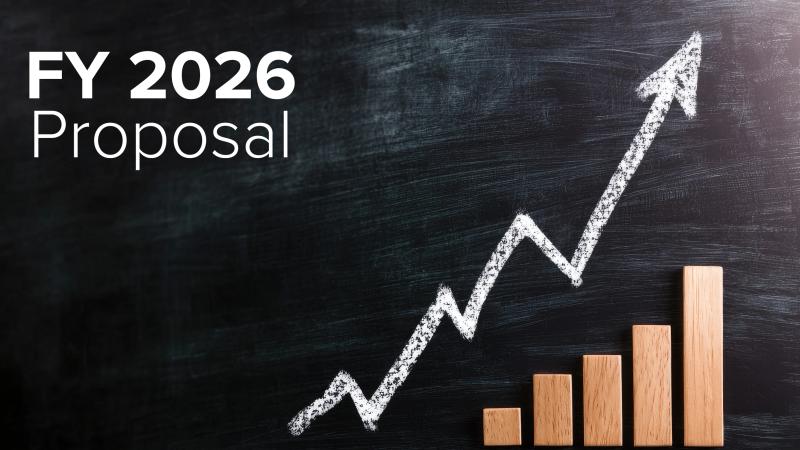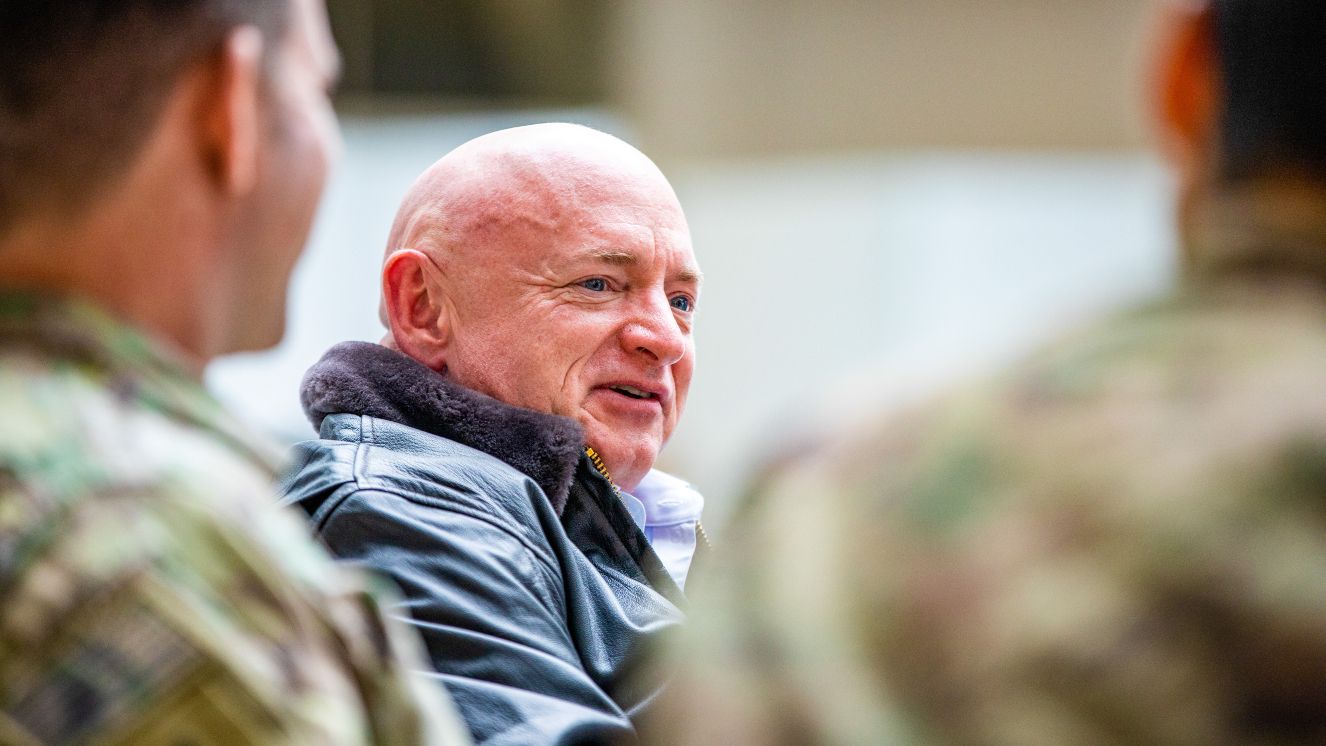FISCAL YEAR 2025 VA BUDGET SURGES PAST $400 BILLION, EXPECTED TO GROW AGAIN IN 2026

In order to meet unanticipated expenses, Congress recently approved additional funding to the Department of Veterans Affairs beyond what the fiscal year (FY) 2025 budget initially allocated. Because of this increase (first reported by Stars & Stripes), government spending on the VA passed $400 billion this year. This escalation stems largely from unanticipated costs tied to mandated benefits—particularly disability compensation and care for toxic-exposed Veterans. At the same time, Congress and the VA Department are advancing bold proposals for FY 2026 to strengthen Veterans' health care, especially through expanded private‐sector treatment options.
VA Budget FY 2025: Exceeding Projections
Initially authorized at $369.1 billion, the VA’s FY 2025 financial blueprint faced considerable overruns. Thus, last week Congress authorized a supplemental appropriation of $31.7 billion, lifting the VA's operational ceiling to $400.8 billion.
The supplemental money falls into two categories:
- $25.7 billion to cover so-called mandatory benefits, which include disability compensation, pensions, readjustment funds, and other payouts Veterans are legally entitled to in recognition of their service.
- $6 billion for the Toxic Exposures Fund, created under the PACT Act of 2022 to address health claims from burn pits, radiation, and chemical exposures. This brings the total cost of services and benefits from the fund to $30.4 billion for 2025. Given the widely reported harm burn pit exposure has done to Veterans of every battlefield in the last seventy years including the many conflicts of the post-9/11 War on Terror, it’s no surprise that the cost of their collective compensation continues to rise.

VA Budget Proposal FY 2026: Projected Growth
The unplanned increase in 2025 is only the beginning. Looking ahead, the administration has already proposed a budget of $441.3 billion for the VA in FY 2026, an almost 10% increase over the updated 2025 amount.
This increased budget would include $301.2 billion in mandatory funding, another increase of $34.2 billion over the amount allocated for those costs in 2025.
The increase would also include additional funds put into discretionary expenses. VA Secretary Doug Collins specifically pledged to prioritize several initiatives vital to Veterans’ health issues such as suicide prevention, homelessness programs, substance abuse intervention, chronic pain management, and rural healthcare access.
VA Community Care Expansion: Private Provider Growth
The discussion around future discretionary spending also includes a potential increase in what is sometimes referred to as “community care,” which in simpler terms is allowing Veterans greater freedom to seek care from private providers with financial assistance from the VA.
In fact, the FY 2026 House Appropriations Committee is recommending $453 billion total VA spending, approximately $83 billion more than current spending and over $10 billion more than the administration's proposed VA budget for 2026.
Community care funding in particular would receive $34 billion, a 50% jump from the roughly $22 billion allocated in 2025.
VA Efficiency Debate: Staffing Cuts and Privatization Risks
While community‑care boosters emphasize flexibility, others warn of unintended consequences that could come from cutting VA staff and undercutting in-house expertise.
So far this year, the VA froze hiring and terminated approximately 1,400 probationary workers.
Internal memos, budget documents, and funding proposals reportedly indicate potential staff reductions over the next year that would reduce the department’s staffing levels by the tens of thousands.
VA Challenges: Balancing Mandates and Care Capacity
In sum, FY 2025 and FY 2026 VA budget developments reflect a high wire balancing act that illustrate the difficulties of trying to trim the federal budget while still keeping the promise to financially support our Veterans in the myriad ways they’ve earned monetary reward and recompense.
In short:
- Mandatory costs continue to dominate, largely due to legal obligations and growing claims from toxic exposures. Congress’s supplemental funds ensured no interruption in benefits and medical coverage.
- Community care spending is surging, driven partly by political pressure and Veteran choice initiatives, with planned FY 2026 discretionary increases of 4% and a remarkable 50% hike in external medical provider funding.
- VA capacity is contracting, with potential layoffs of tens of thousands posing risks to core in-house services.

Future VA Policies: Potential Crossroads in 2026
As FY 2026 negotiations unfold, Congress and the White House will decide the extent of community‑care growth, internal staffing reforms, and overall discretionary funding.
The budget and related issues are already before the House Appropriations Committee's VA and military construction subcommittee, so expect more definitive answers to many of the questions all this raises soon.
With FY 2025 well past $400 billion and FY 2026 targets pushing toward $441 billion, the VA is navigating one of its most consequential periods. The interplay among mandated benefits, health care delivery models, and internal workforce architecture will determine the future of Veterans' access to care and benefits.
Success hinges on aligning resources with mission: funding programs designed to improve wellness and service delivery without eroding the backbone of VA's infrastructure in a time when healthcare concerns and the means of paying for it are increasingly at the forefront of many Americans’ minds.
Through smart and conscientious legislation, administrative diligence, and public oversight, lawmakers and the VA agency have a narrow window to address immediate fiscal strains and map a future that honors veterans' sacrifice with seamless, high‑quality care.
Suggested reads:
BY PAUL MOONEY
Veteran & Military Affairs Correspondent at VeteranLife
Marine Veteran
Paul D. Mooney is an award-winning writer, filmmaker, and former Marine Corps officer (2008–2012). He brings a unique perspective to military reporting, combining firsthand service experience with expertise in storytelling and communications. With degrees from Boston University, Sarah Lawrence Coll...
Credentials
Expertise
Paul D. Mooney is an award-winning writer, filmmaker, and former Marine Corps officer (2008–2012). He brings a unique perspective to military reporting, combining firsthand service experience with expertise in storytelling and communications. With degrees from Boston University, Sarah Lawrence Coll...



